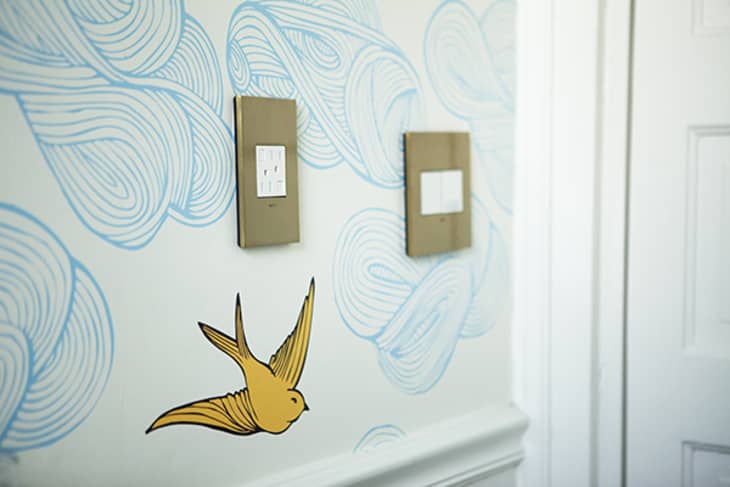6 Universal Design Features to Look for on Your House Hunt

Whether you’re house hunting or apartment shopping, a new or renovated property is likely to show elements of universal design. Universal design, in short, makes homes safer and more welcoming. The idea is that it’s accessible to all, regardless of disability, age, or other factors. From the elderly and the pregnant to the injured, universal design can make home life easier for everyone.
Universal design features go far beyond grab bars in showers, and keeping an eye out for them is a smart move while house shopping. If you’re buying, renting, renovating, or just filing away ideas, consider these features to extend your time in a home.
Electrical outlets 30 inches off the floor
Placing electrical outlets closer to waist-level means no one has to bend low or reach far to plug in a laptop or vacuum. Having them at around 30 inches off the floor makes them easier to use — and better for your back.
Slip-resistant flooring in both kitchens and baths
A wide variety of flooring, from tile or stone to cork or vinyl, has the ability to be non-slip. If you’re buying new floors or wondering about a home’s existing ones, ask about the floor’s coefficient — a standard number describing the material’s slipperiness. A lower coefficient means more slip; higher means more grip.
One note: The harder the surface, the tougher it is to stand on for long periods of time. Restaurants, where workers are on their feet for hours, don’t use tile and stone in the kitchen.
Comfort-height toilets
“These are always good, not only for tall people but for older people and those with mobility issues — plus they feel more luxurious,” says Christina Villa, principal at global architecture and design firm Stantec. Stantec calls for comfort height in most of its residential buildings, even if it’s not required.
A standard toilet is 14 to 16 inches high, she says. “Comfort height” is 17 to 19 inches. This way, no one has to move so far to find the seat — and it’s surprising what a difference two to three inches can make. On its website, Kohler offers twice as many comfort-height as standard toilets. American Standard offers almost 160 models.
Levers rather than doorknobs
Lever handles bring to mind commercial buildings or public spaces, but their use in homes goes back decades. Knobs can be hard for arthritic hands to grasp, while levers can be leaned on minimally. They even make managing two grocery bags and a dog’s leash easier.
Fewer tubs; more walk-in showers
Most apartment builders still prefer at least one tub per unit for families with children, Villa says. But walk-in showers with no curb for people or wheelchairs to trip on are more accessible and, “from a design point of view, feel higher-end,” Villa adds. Eliminating tripping hazards (and adding extra grab bars) is a win-win.
Motion-activated lighting in bathrooms, kitchens, and garages
Apartments and condos have code-required constant lighting in common areas for safety. Single-family home developers installing motion-activated lighting are taking a cue from residents like Villa, who always leaves her garage light on. She thinks motion-activated lighting will become the norm in single-family homes and multi-family units. No more fumbling for a light switch and risking a fall or (gasp) stepping on a Lego.
“With universal design, it’s become easier and more attractive to meet everyone’s needs,” Villa says.